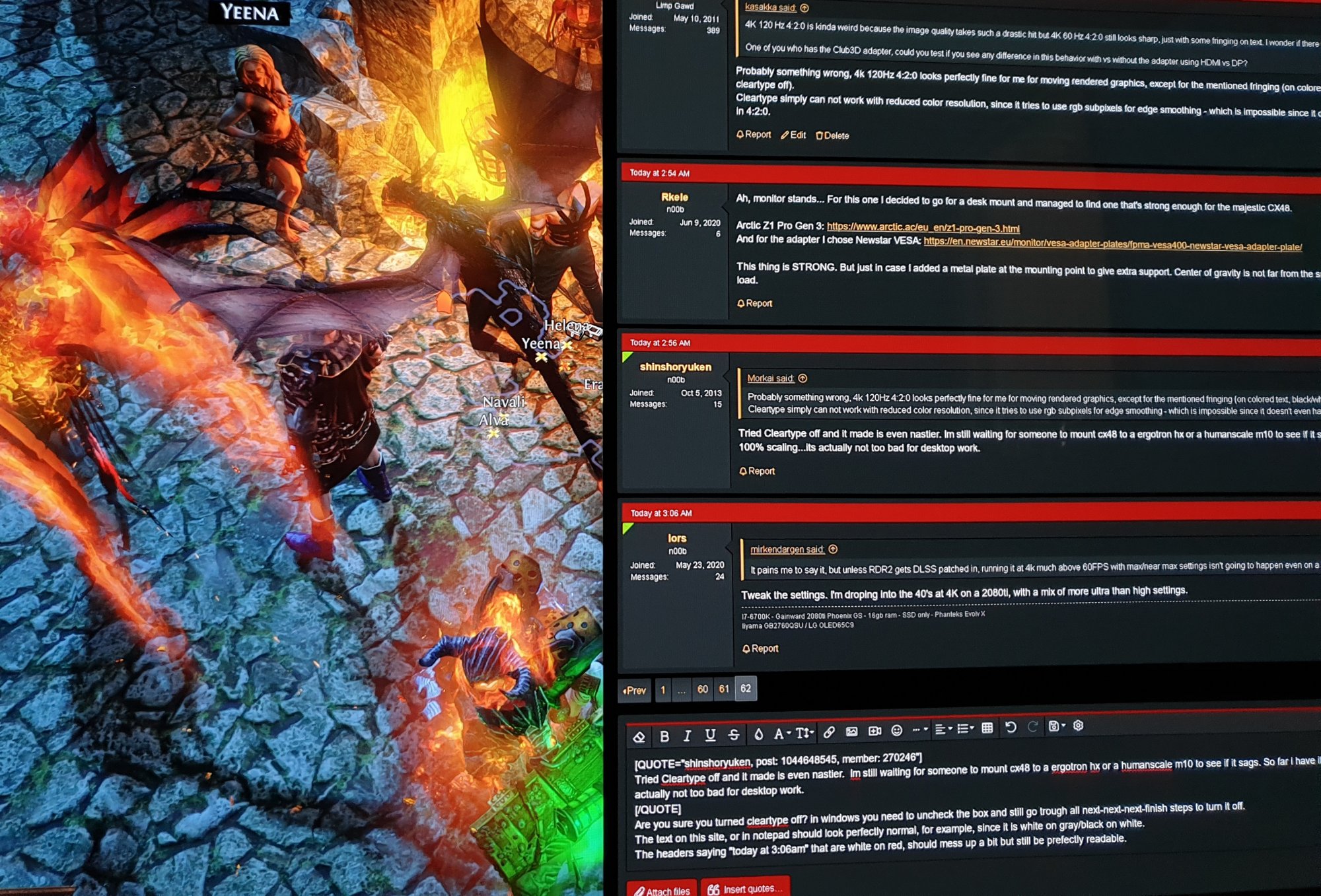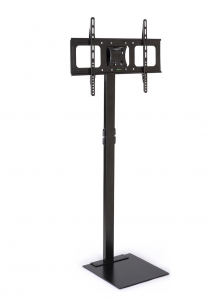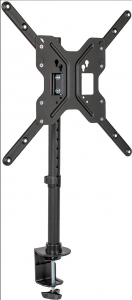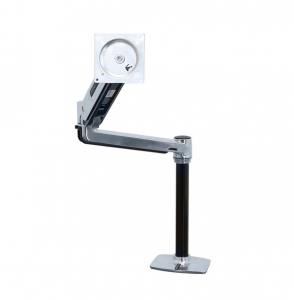Has anyone CX owner tried like a 123hz 4K overclock yet? My C9 has a 63hz overclock (vis CRU) and FPS locked @60hz (via RTSS) from all the recommendations on using G-Sync+V-Sync.
I think the tricky part is you may be getting the Hz but you could be “dropping frames” if the overclock is too much. I don’t believe there’s an easy way to test if this is happening without a 1000fps camera I think? I couldn’t find anything on the 120hz+ overclock yet if it’s safe to do or not.
I think the tricky part is you may be getting the Hz but you could be “dropping frames” if the overclock is too much. I don’t believe there’s an easy way to test if this is happening without a 1000fps camera I think? I couldn’t find anything on the 120hz+ overclock yet if it’s safe to do or not.
![[H]ard|Forum](/styles/hardforum/xenforo/logo_dark.png)




